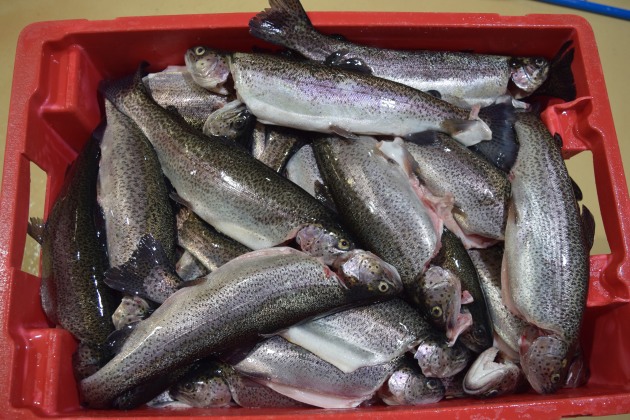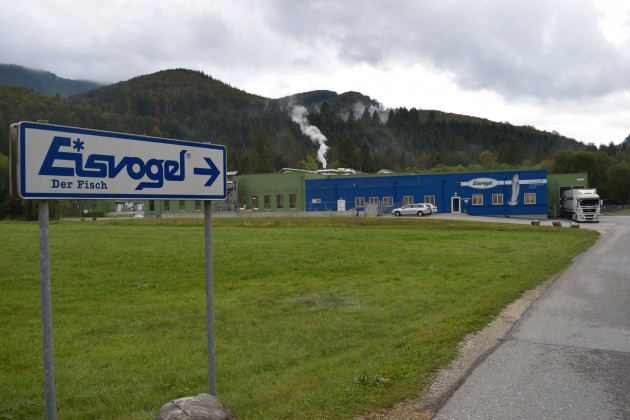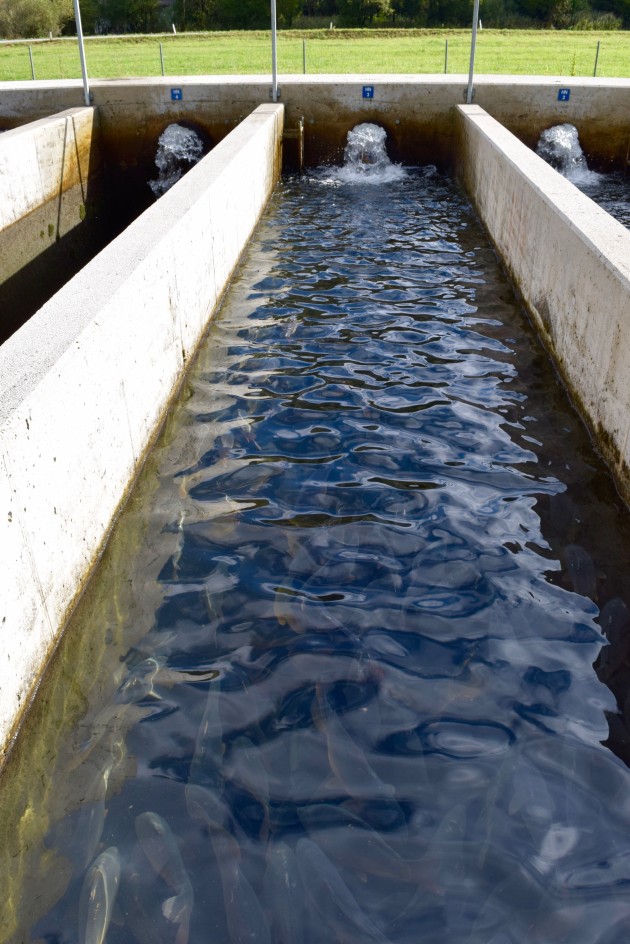In 2019, the global fish consumption reached a record high of over 158 million tonnes, according to the United Nations’ Food and Agriculture Organization (FAO). To benefit from the industry’s growth, however, you will have to overcome several challenges. What are these challenges, and how can digital solutions help?
For several years now, the fish industry has been set for growth: from 2009 to 2019, the sales volume increased by approximately 35 million tonnes, now reaching a level of 158.2 million tonnes, which correspond to a growth of around 28 per cent. At the same time, producers and retails have faced several challenges forcing them to restructure their processes.
The good news is that optimisation possibilities are far from having achieved their full potential. Digitisation, in particular, provides new options for improved processes, reduced costs, and enhanced data accuracy. Not only can large enterprises benefit from this, there are at least four challenges that small and medium-size fish enterprises can overcome by using digital solutions.
Challenge #1: How can I optimise fresh fish procurement?
It is not uncommon for companies in the fish industry to purchase their fresh goods from wholesale markets, and it is more or less standard practice. In many cases, the purchasers travel to the markets near the coast in the early hours of the morning in order to acquire the best products. Some of them even have their own sites there. The procedure has remained basically unchanged for the last 30 years: pick the fish, make a bid, complete the purchase.
But there's a catch to it: the company only learns how much has been purchased after the purchasers sent in their purchase lists.
This process could be simplified if the purchasers update their purchases directly online in the company’s ERP system using a mobile data terminal. As a result, the data would only have to be maintained once, on site, and the efficiency gains would also be realised at your company – you could considerably enhance the precision of production scheduling and, as experience has shown, save a lot of time while you can use your resources better.
Challenge #2: How can I improve the distribution of my fish products?
What works for purchasing also works for the distribution of fish products. The staff in the field are connected to the company ERP software using Mobile Enterprise Resource Planning (M-ERP).

Equipped with laptops, tablets or smartphones, the field service employees can dial in to the central system quickly and easily via a secured connection. As a result, they can check directly at the customers’ how much of the requested quantity is available on stock. In addition, the correct prices can be determined online and in real time so that any commitments concerning availability and delivery dates can be fulfilled.
Sounds pretty good, doesn’t it? Hubert Bernegger, CEO of Austrian Eisvogel GmbH, has implemented this in his company.
“With the field service solution, we were able to save resources in the back-office. Additionally, on average we save 1.5 to two hours for order entries because the customers can place their orders directly online,” said Bernegger.
Behind this is a strategy of an all-encompassing integration covering more than just purchasing and sales. Eisvogel uses the ERP system in all of its processes – from ordering the raw materials to packaging and customer-specific labelling, as well as route planning of its logistics. Read more about Eisvogel and their IT solution.
Challenge #3: How can I secure the traceability of fish products?
In terms of traceability, digitally organised information becomes a necessary tool. You will probably recognise the following scenario: you receive a call from a customer complaining about inorganic contaminants in your marinated herrings. You might have to initiate a recall. Suddenly things get hectic – which batches were affected? What day, what time, which machines? Which raw materials were used?

Using a digital solution, i.e. a traceability function integrated in your ERP system, you can obtain such information at the push of a button. For this, it is essential that the ERP system be supplied with the relevant data along the flow of goods. The system then combines the data from the process control system with the data from purchasing and from the lab as well as with the information from measuring devices and scales. This pool of information supplies the details for the reports that are required in the event of a recall.
The more processes that are digitised in your company, the easier and the more reliable your traceability will be. Plus, it will be a huge time saver when push comes to shove. What used to take a day now takes less than an hour. Read more about this in our blog article “Five steps to food traceability”.
Challenge #4: How can I reduce the costs in the certification process?
Food retail requirements have a significant impact not only with a view to traceability. Retailers also demand transparent certification of your fish products which, in many cases, is the source of substantial costs.
Whether you are aiming to certify your products with the sustainability labels of the Marine Stewardship Council (MSC), the Aquaculture Stewardship Council (ASC), or the International Featured Standard Food (IFS Food) – all of these certificates are only awarded after passing a stringent audit.

In an organisation using paper-based documentation, such examination of products and processes entails a lot of work for your staff and for the auditor. A software-aided certification process therefore is always the best option in order to reduce the work and, as a result, to cut the costs. Industry-specific ERP systems are the basis for making data available at the push of a button. This eliminates the internal costs related to your staff while the auditor fees can be decreased as well.
Digitisation has many advantages for fish processing enterprises
There are many more examples of where digital solutions can support you in fish processing: in production, in picking, or in sales. Yet this does not mean that the transformation into a digitised fish company runs by itself.
Initially, it takes a lot of time and resources. But once it has taken flight, any fears regarding lacking digital competencies of your staff, high investment costs, and data security will soon be dispelled.
You will see that your employees are quick to learn how to use the new technology. You may well find that you reduce costs even in positions that you considered highly efficient before. And thanks to the audit trail, your data will certainly remain yours.
That´s why digital solutions will become part of the standard facilities in every fish company, along with filleters, packaging lines or your smartphone. Digitisation will become the norm, so don’t miss out on the advantages it can assure you.
For further ERP topics from CSB for your industry, visit the website, YouTube or LinkedIn.



![WorldStar 2026 winners announced [UPDATED]](http://yaffa-cdn.s3.amazonaws.com/yaffadsp/images/dspArticle/featureImage/wpo.jpeg)

